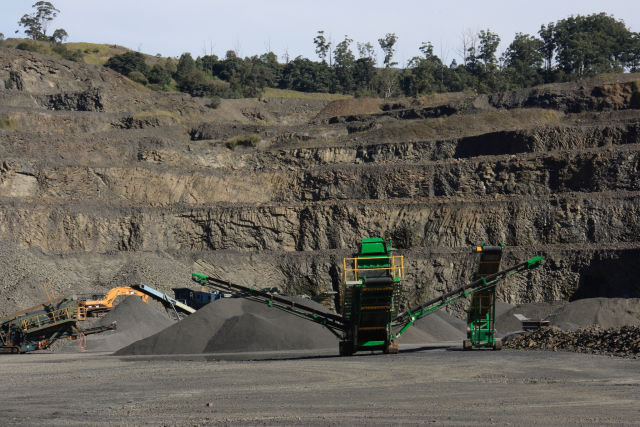A not-so-modest proposal to remove atmospheric carbon dioxide
Ars Technica » Scientific Method 2015-12-22
"The sooner you start socking away part of your paycheck for retirement, the easier it is to hit your goals. If you wait until late in your career to start, your goal could be simply out of reach unless you take a second job or win the lottery." That axiom is a bit like how we've treated carbon emissions: when governments started negotiating to limit greenhouse gases in the early 1990s, the agreed-upon goal of limiting global warming to 2 degrees Celsius was pretty doable. The continued rise of emissions since then has turned that into a tall task, while the 1.5 degree Celsius aspiration added to the recent Paris agreement is even taller.
At this point, hitting those targets very likely requires more than just shifting away from fossil fuels. We’ll also need “negative emissions”—activities that absorb carbon dioxide from smokestacks or directly from the atmosphere—in order to squeeze under the line. It’s a simple concept but a very big challenge. Some nascent negative emission technologies exist, like capturing CO2 from smokestacks and pumping it into underground reservoirs. Other proposals, however, sound pretty wild and may not work—like dumping iron dust into the oceans to spur plankton growth.
One tempting strategy is to imitate nature’s longterm carbon control—the weathering of fresh rock. When certain minerals react with CO2 in rainwater, they turn into different minerals, and the CO2 turns into bicarbonate that ends up in groundwater, rivers, and ultimately the ocean.
